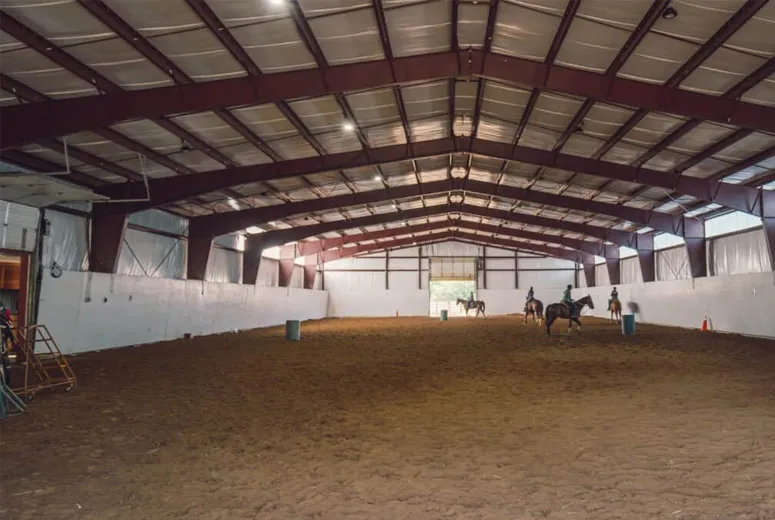- Afrikaans
- Albanian
- Amharic
- Arabic
- Armenian
- Azerbaijani
- Basque
- Belarusian
- Bengali
- Bosnian
- Bulgarian
- Catalan
- Cebuano
- Corsican
- Croatian
- Czech
- Danish
- Dutch
- English
- Esperanto
- Estonian
- Finnish
- French
- Frisian
- Galician
- Georgian
- German
- Greek
- Gujarati
- Haitian Creole
- hausa
- hawaiian
- Hebrew
- Hindi
- Miao
- Hungarian
- Icelandic
- igbo
- Indonesian
- irish
- Italian
- Japanese
- Javanese
- Kannada
- kazakh
- Khmer
- Rwandese
- Korean
- Kurdish
- Kyrgyz
- Lao
- Latin
- Latvian
- Lithuanian
- Luxembourgish
- Macedonian
- Malgashi
- Malay
- Malayalam
- Maltese
- Maori
- Marathi
- Mongolian
- Myanmar
- Nepali
- Norwegian
- Norwegian
- Occitan
- Pashto
- Persian
- Polish
- Portuguese
- Punjabi
- Romanian
- Russian
- Samoan
- Scottish Gaelic
- Serbian
- Sesotho
- Shona
- Sindhi
- Sinhala
- Slovak
- Slovenian
- Somali
- Spanish
- Sundanese
- Swahili
- Swedish
- Tagalog
- Tajik
- Tamil
- Tatar
- Telugu
- Thai
- Turkish
- Turkmen
- Ukrainian
- Urdu
- Uighur
- Uzbek
- Vietnamese
- Welsh
- Bantu
- Yiddish
- Yoruba
- Zulu
Oct . 18, 2024 07:05 Back to list
Understanding the Price Dynamics of Steel Structure Warehouses
In recent years, the demand for industrial and commercial spaces has significantly increased, leading to a surge in the construction of warehouses. Among various construction methods, steel structure warehouses have gained immense popularity due to their cost-effectiveness, durability, and structural efficiency. However, potential buyers and investors often find themselves pondering one pivotal question what influences the pricing of steel structure warehouses?
Factors Influencing Prices
1. Material Costs The primary driver of the cost of steel structure warehouses is the price of raw materials. Steel, as a primary component, is influenced by global market conditions, production rates, and the costs of raw inputs such as iron ore and scrap metal. Fluctuations in these prices can lead to significant changes in the overall cost of steel structure warehouses. Similarly, prices for additional materials like insulation, roofing, and flooring also contribute to the final price tag.
2. Design and Specifications The design complexity and specifications of the warehouse play a vital role in pricing. A basic steel structure warehouse with minimal customization will typically be less expensive than one that incorporates advanced design features, such as specialized flooring systems, climate control, and specialized loading docks. Customizations can significantly impact the cost, with intricate designs often leading to increased labor costs and engineering fees.
3. Labor Costs The availability and cost of skilled labor in a given region can substantially affect the overall price of construction. Regions with a high demand for construction services may experience increased labor costs due to the competition for skilled workers. Additionally, local regulations, union requirements, and the availability of subcontractors can also play a role in the final pricing.
steel structure warehouse price

4. Size and Scale The size of the warehouse is another key factor influencing its price. Generally, larger warehouses benefit from economies of scale, leading to a lower cost per square foot. However, larger projects may involve additional expenses related to land acquisition, zoning requirements, and infrastructure development. As a result, potential buyers should carefully assess their needs to strike the right balance between size and budget.
5. Location The geographical location of the warehouse is crucial in determining its price. Construction and land costs can vary significantly from one region to another, influenced by factors such as local market conditions, transportation logistics, and regulatory frameworks. Urban areas with high real estate values may see higher warehouse prices compared to rural or less developed areas. Additionally, the proximity to key markets can also play a role in the location's attractiveness, indirectly influencing price.
6. Market Demand and Economic Conditions Broader economic conditions and market demand also significantly impact the pricing of steel structure warehouses. In times of economic growth, demand for storage space often increases, leading to higher prices. Conversely, during economic downturns, a drop in demand can result in reduced prices and increased competition among suppliers. Stakeholders should keep an eye on market trends, forecasts, and potential shifts in economic activity to make informed decisions.
Conclusion
Investing in a steel structure warehouse involves a multidimensional assessment of various factors influencing pricing. Understanding the interplay between material costs, design specifications, labor expenses, size, location, and market conditions is essential for making informed purchasing decisions. By staying attuned to these dynamics, potential buyers and investors can better navigate the complexities of the warehouse construction market and secure the best value for their investments.
In conclusion, the pricing of steel structure warehouses is not solely dictated by the cost of steel or labor; it is a composite of various elements that reflect both local conditions and global market trends. As the industry continues to evolve, those considering an investment in this sector must remain vigilant and adaptable, ensuring they are well-prepared to make the most of opportunities in a competitive landscape.
-
Steel Frame Modular Construction for Housing
NewsAug.07,2025
-
Steel Construction Factory Processes
NewsAug.07,2025
-
Portal Frame Shed for Sale: Delivery Options
NewsAug.07,2025
-
Metal Workshops for Sale: Insulation Solutions
NewsAug.07,2025
-
Metal Steel Building Manufacturers: Post-Construction Services
NewsAug.07,2025
-
Metal Garage Shed Kits: Size Options
NewsAug.07,2025
Products categories
Our Latest News
We have a professional design team and an excellent production and construction team.












